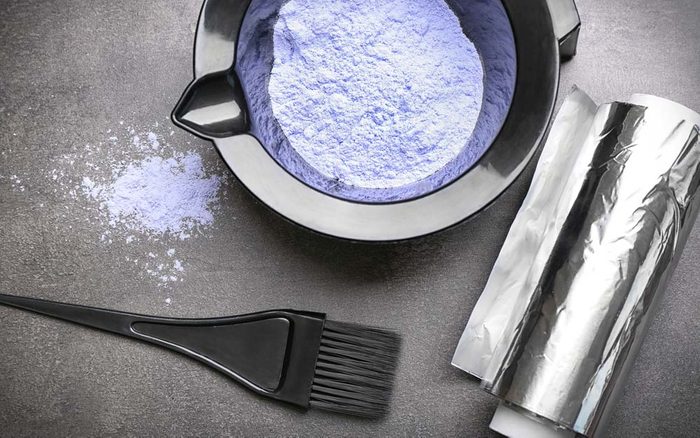Do Hair Dyes and Straighteners Cause Breast Cancer?

Some studies have suggested that hair straighteners or hair dye is linked to breast cancer risk, but others have not found a link.
A number of lifestyle habits can help reduce breast cancer risk, including exercising and avoiding alcohol and weight gain. But what about your hair habits? Some studies have suggested that women who frequently use hair straighteners or hair dye may face a higher risk of breast cancer than nonusers, but others have not found a link. (These household products may be linked to breast cancer.)
For example, Kefah Mokbel, MD, a breast surgeon at the Princess Grace Hospital in central London and colleagues conducted a meta-analysis of eight case-controlled studies performed between 1980 and 2017. The report, published in the journal Anticancer Research in 2018, found that women who used hair dye had an 18.8 percent higher risk of breast cancer compared with women who didn’t use hair dye. However, in these types of case-controlled studies, a person with a condition like breast cancer is matched to a similar person their age who doesn’t have cancer. Researchers look at potential risk factors, but sometimes people have what’s called a recall bias—a person with an illness might be more likely to remember using a product like hair dye than someone who was never sick.
Dr. Mokbel concluded: “Although further work is required to confirm our results, our findings suggest that exposure to hair dyes may contribute to breast cancer risk.”
Typically, hair professionals advise women to touch up their hair color every four to six weeks. Dr. Mokbel recommends dying your hair no more than five or six times a year, as well as consider using products with natural ingredients like beetroot and henna.
(See the stars who’ve battled breast cancer.)
The findings of Dr. Mokbel’s study were replicated in a 2019 study published in the International Journal of Cancer. In that study, researchers at the National Institutes of Health (NIH) looked at a group of 46,709 women, and those who used permanent hair dye and hair straighteners were at a higher risk of breast cancer. Compared with people who never used permanent hair dye, black women had a 45 percent higher risk and white women had 7 percent higher risk of breast cancer if they said they used permanent hair dye. Chemical hair straightener use was tied with an 18 percent higher breast cancer risk among both black and white women; however, black women were more likely to use the product (74 percent versus 3 percent).
It’s important to note that the women in the NIH study had a higher risk of breast cancer based on their family history. The findings may not be applicable to a general population and warrant further investigation.
Another caveat: These studies can only highlight a link or association between the two and can not prove that the dyes or straighteners were the cause of the higher risk. According to the Susan G. Komen Foundation, “research studies show the use of permanent hair dye does not increase the risk of breast cancer.” Hair dye is rated as “Not related to breast cancer risk (neither increases nor decreases risk).” In this table, the group compares hair dye to other well-known cancer risk factors.
If you’re worried about your own risk, one of the best ways to protect yourself is to regularly schedule mammograms and conduct self-exams frequently, doctors say.
Next, see the breast cancer advancements that will change how we fight the disease.




